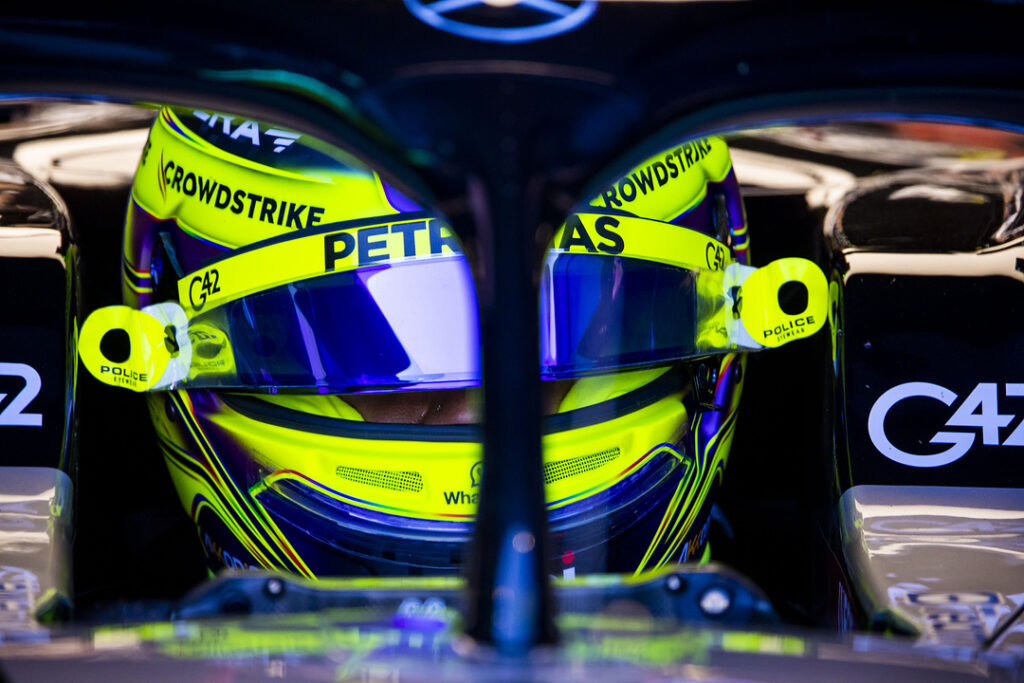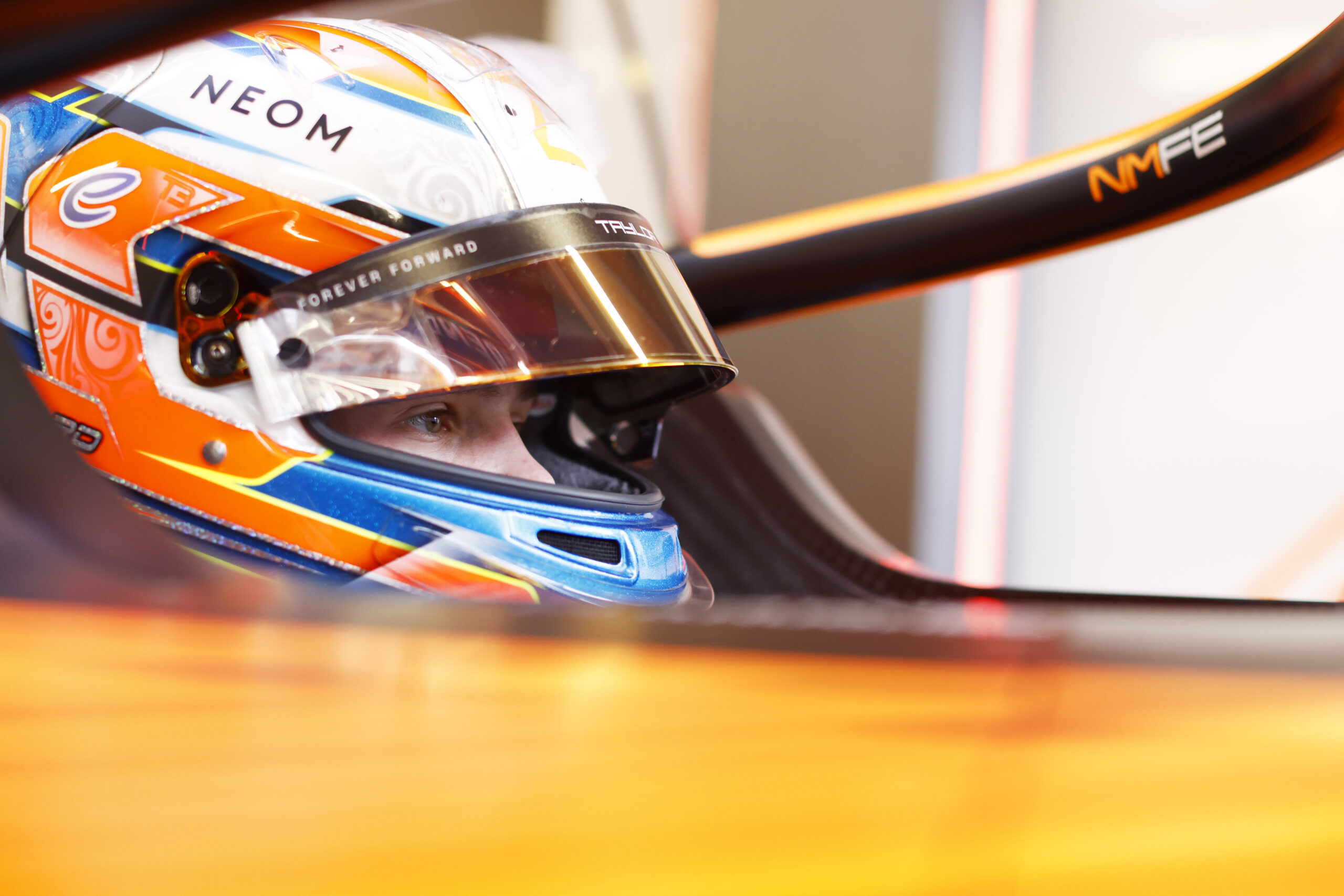The Australian Grand Prix turned into a nightmare for Lewis Hamilton and Mercedes as a “catastrophic” failure struck Hamilton’s W15 engine, leaving both team and driver in the dark about the cause of the incident.
Already grappling with a frustrating Q2 exit at Albert Park, Hamilton’s woes deepened when an unforeseen engine issue forced him to retire from the race, adding insult to injury for the seven-time world champion.

James Allison, Mercedes’ technical director, shed light on the situation, stating, “We do not [know the cause]. The power units will return to the safe hands of the guys at Brixworth, who will be able to figure out what let go.”
He elaborated on the symptoms of the failure, highlighting “all we know is the symptoms at the time, which was a rapid loss of oil pressure followed by a shutdown of the engine to protect it because when you know you’ve got catastrophic loss like that, the best thing you can do for the future is kill it there and then.
“And then you have not just got like a load of molten metal. You have normally got a fairly clear evidence chain of what caused it. And then that lets you work better for the future.”
As the F1 2024 season takes a brief hiatus before resuming at Suzuka for the Japanese Grand Prix, Mercedes’ High Performance Powertrains division faces a daunting task of unraveling the mystery behind Hamilton’s power unit failure.
“We do not know yet,” Allison reiterated. “Brixworth and HPP will do in short order. And no doubt as soon as we know then they will jump to with their characteristic energy to make sure that any risk that happens on any other engine is mitigated as best we can.”
With questions looming over the integrity of Hamilton’s engine and the potential implications for the remainder of the season, Mercedes is poised to undertake thorough investigations to safeguard against similar setbacks in future races.





